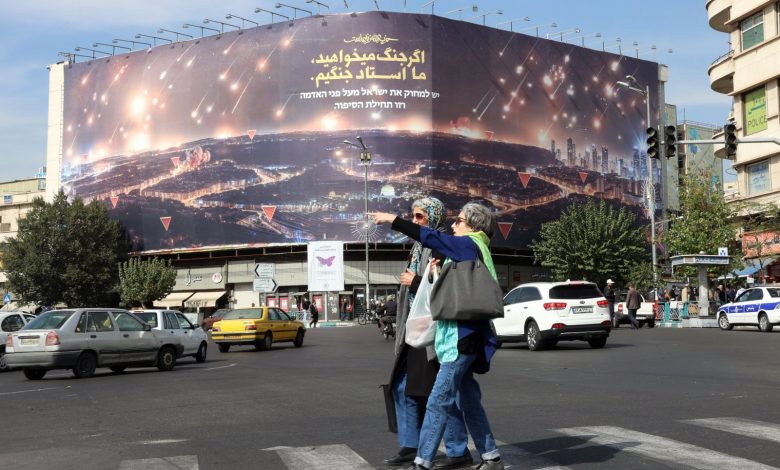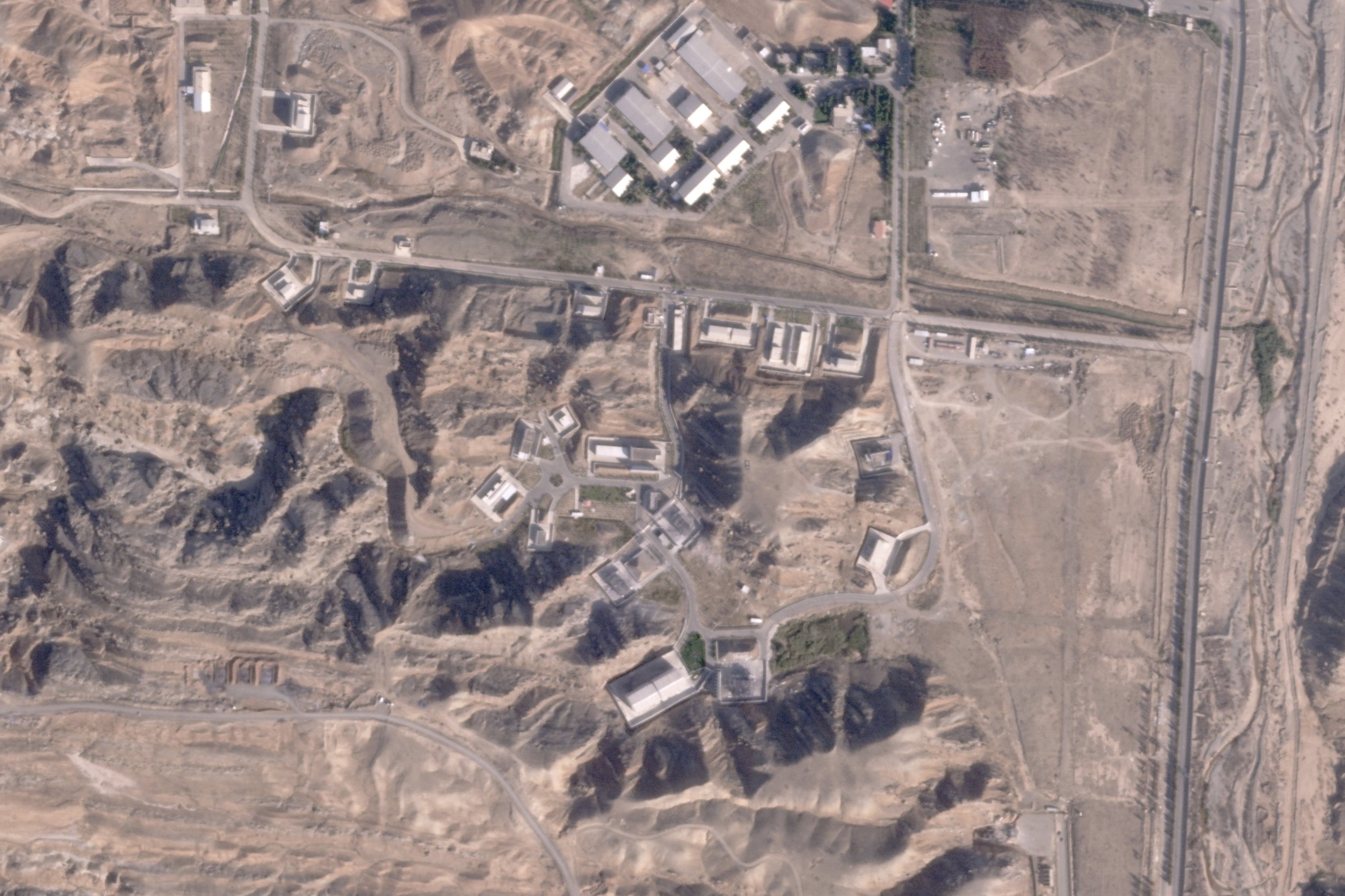Iran’s leaders discuss response to Israeli attacks that killed 4

[ad_1]
The Iranian government on Sunday was weighing its options on how to respond to a series of Israeli attacks that killed at least four soldiers a day earlier.
Iranian officials should determine how best to demonstrate Iran’s power to Israel after the Israeli attack on Iran two nights ago, Iran’s official IRNA news agency cited the country’s Supreme Leader Ayatollah Ali Khamenei as saying.
“The evil committed by the Zionist regime (Israel) two nights ago should neither be downplayed nor exaggerated,” IRNA cited Khamenei as saying.
Iran on Saturday played down Israel’s overnight air attack against Iranian military targets, saying it caused only limited damage, as U.S. President Joe Biden called for a halt to the escalation that has raised fears of an all-out conflagration in the Middle East.
Scores of Israeli jets completed three waves of strikes before dawn against missile factories and other sites near Tehran and in western Iran, Israel’s military said.
Khamenei said Iran’s power should be demonstrated to Israel, adding that the way to do so should be “determined by the officials and that which is in the best interest of the people and the country should take place.”
Also on Sunday, the Iranian parliament convened for a meeting behind closed doors to discuss a response.
Parliament Speaker Mohammad Bagher Ghalibaf, a former general in the Islamic Revolutionary Guard Corps, chaired the deliberations, according to Iranian media reports.
Iran’s parliament has limited influence, with real power being concentrated in the state leadership headed by Supreme Leader Ayatollah Ali Khamenei.
Following this year’s election, however, a majority of hardliners dominate parliament, which is also likely to influence the mood of the military.
According to IRNA, Ghalibaf said that a military response from Iran to the Israeli attack was certain, although he described it as “passive” and thus relativized its scale.
Ghalibaf referred to the right of self-defense in accordance with the U.N. Charter. At the same time, he emphasized the need for a ceasefire in Lebanon and the Gaza Strip.

Damaged facilities
Meanwhile, satellite photos analyzed Sunday by The Associated Press showed that the Israeli attack damaged facilities at a secretive military base southeast of the Iranian capital that experts in the past have linked to Tehran’s onetime nuclear weapons program and at another base tied to its ballistic missile program.
Some of the buildings damaged sat in Iran’s Parchin military base, where the International Atomic Energy Agency suspects Iran in the past conducted tests of high explosives that could trigger a nuclear weapon.
Iran long has insisted its nuclear program is peaceful, though the IAEA, Western intelligence agencies and others say Tehran had an active weapons program up until 2003.
The other damage could be seen at the nearby Khojir military base, which analysts believe hides an underground tunnel system and missile production sites.
Iran’s military has not acknowledged damage at either Khojir or Parchin from Israel’s attack early Saturday though it has said the assault killed four Iranian soldiers working in the country’s air defense systems.
Iran’s mission to the United Nations did not immediately respond to a request for comment, nor did the Israeli military.
Israeli Prime Minister Netanyahu separately claimed Sunday that Israel’s strikes “severely harmed” Iran and that the barrage “achieved all its goals.”
It remains unclear how many sites in total were targeted in the Israeli attack. There have been no images of damage so far released by Iran’s military.
Iranian officials have identified affected areas as being in Ilam, Khuzestan and Tehran provinces.
Burned fields could be seen in satellite images from Planet Labs PBC around Iran’s Tange Bijar natural gas production site in Ilam province on Saturday, though it wasn’t immediately clear if it was related to the attack. Ilam province sits on the Iran-Iraq border in western Iran.
[ad_2]
Source link


